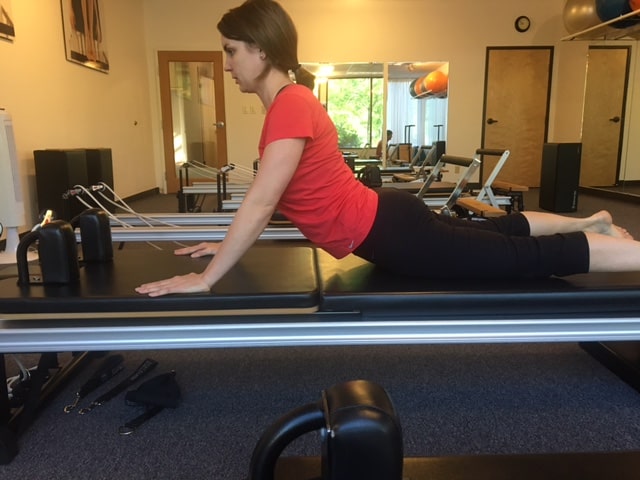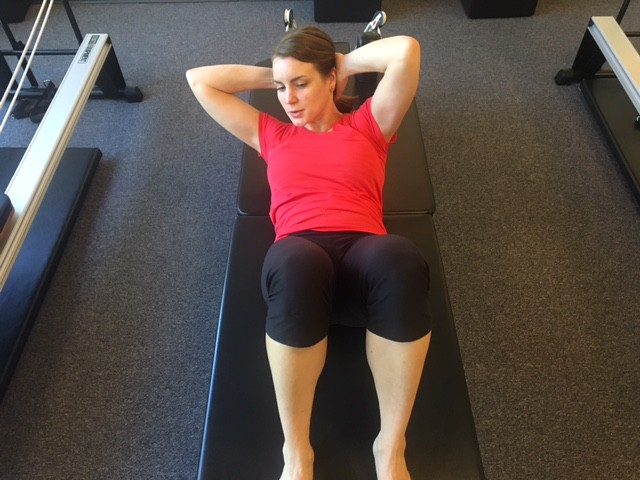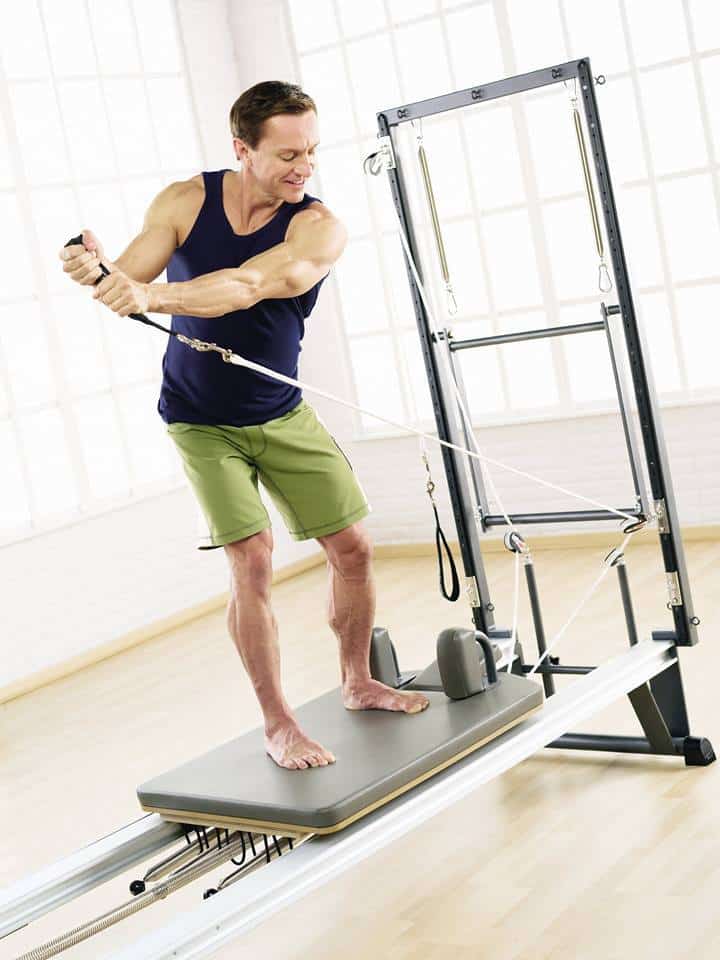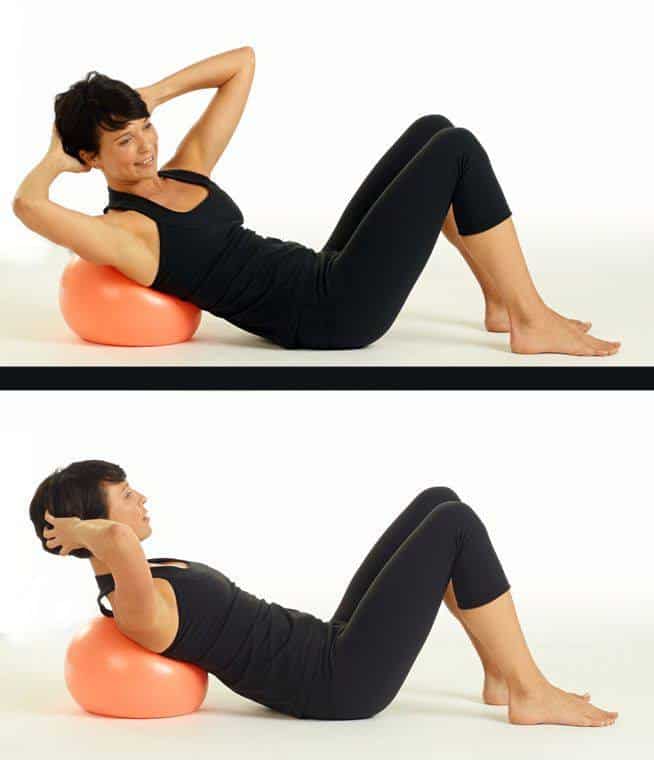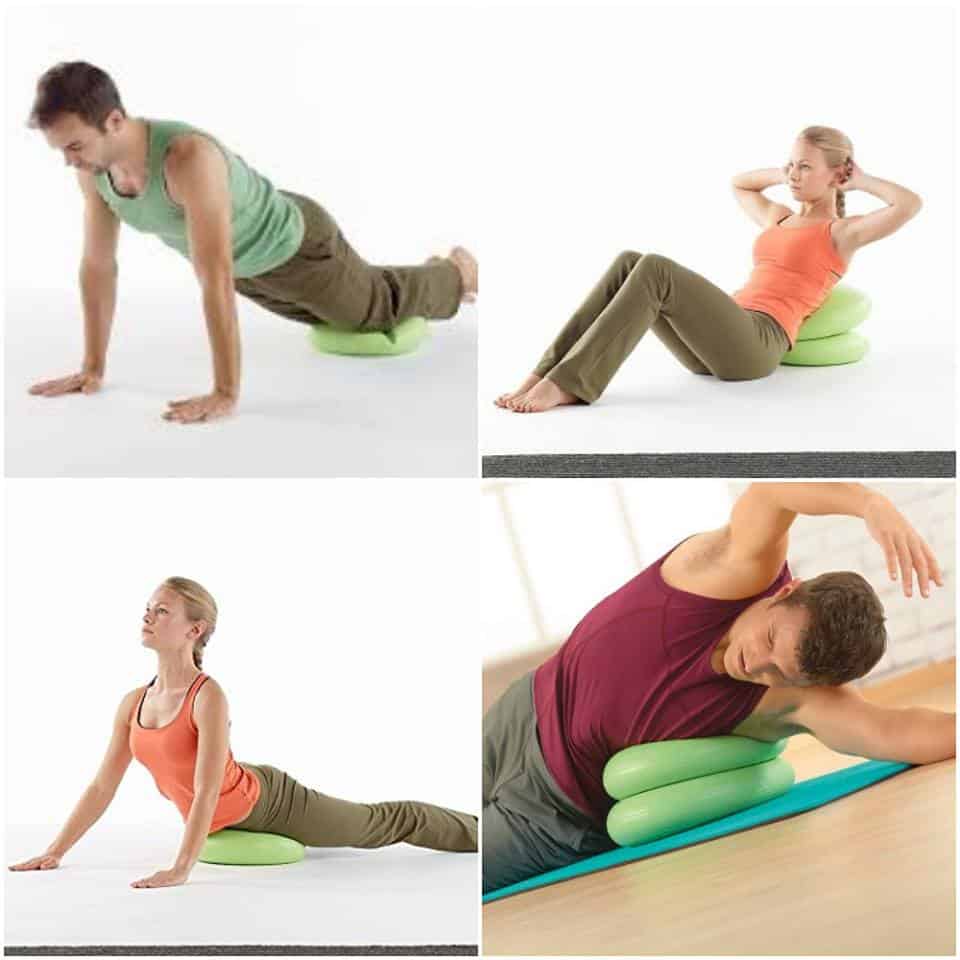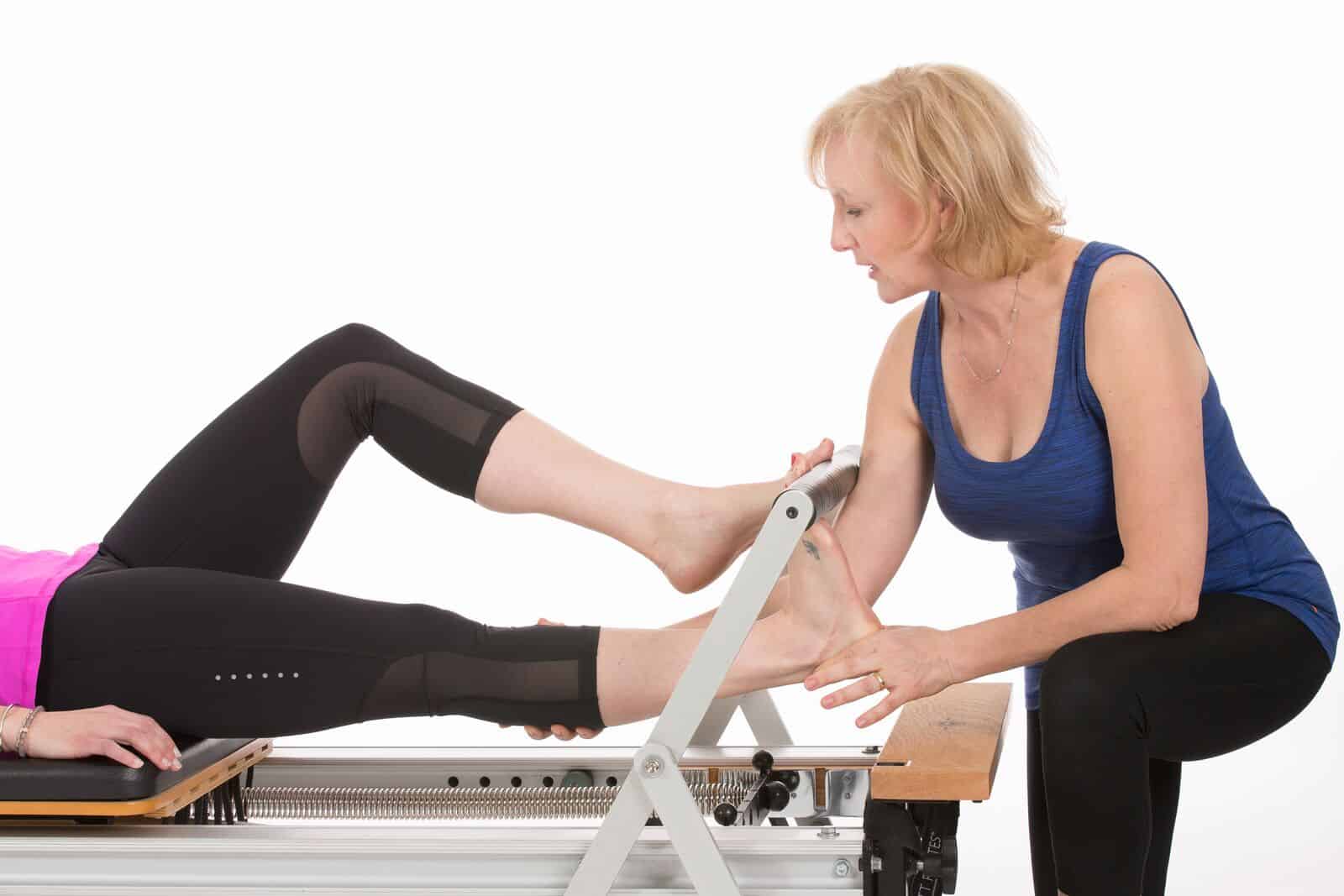Recently, we posted the following New York Times article on social media and one of our readers asked us this question: “I am very curious about your opinion on McGill’s stance on ab curls. I’ve read some of his work and agree with most of it. Not sure about his advice on hand placement with … Read more
Uncategorized
Mandee Pearson is demonstrating the mat exercise called “Swan Dive Prep.” Question: Which image is the correct one? A or B? Answer: Image B In image A, Mandee is compressing her lower back and her cervical spine (neck) too! Instead of opening up her hips she’s collapsing into her lower back as … Read more
Mandee Pearson is demonstrating the mat exercise “Obliques.” Question: Can you tell which image is correct? Answer: Image B In image “A,” Mandee’s legs and pelvis aren’t remaining stable, and her upper body (thoracic) is side bending to the right instead of rotating. Note: The right side of her rib … Read more
Do abdominal exercises make your back hurt? They shouldn’t. If you find that your back is sore after doing a series of abdominal exercises—either immediately after or a day or two later—you may want to check to see if you back is gripping while you are doing them. Here are several tips for helping … Read more
Fore! Here are three ways Pilates can improve your golf score: 1 A strong golf swing needs a stable base of support. Side, front and back splits on the Pilates Reformer integrate work of the core muscles, pelvis and lumbar spine and allow for the transference of power to the legs, trunk … Read more
Oh my obliques! Lie with the STOTT PILATES Mini Stability Ball™ behind the mid-thoracic (upper back). Your lumbar spine (lower back) should be in a slight imprint or neutral. Your knees will be bent with your feet hip distance apart, hands behind head. Inhale: Prepare Exhale: Rotate the upper torso to one … Read more
Adding wobble to your workout can be wonderful! Here are four reasons for the STOTT PILATES Stability Cushion™: 1) It can help restore the core stabilizing muscles of your spine and pelvis (transversus abdominis and multifidis). A cushion requires your core muscles to respond to the unpredictability of an unstable surface— your … Read more
The average person takes 8,000 to 10,000 steps a day. That’s about 115,000 miles over a lifetime. Unfortunately, poor foot mechanics can lead to discoordination of the rest of the body and pain in the knees, hips or back. Foot pain can result from either the joints being stuck in one position, … Read more


